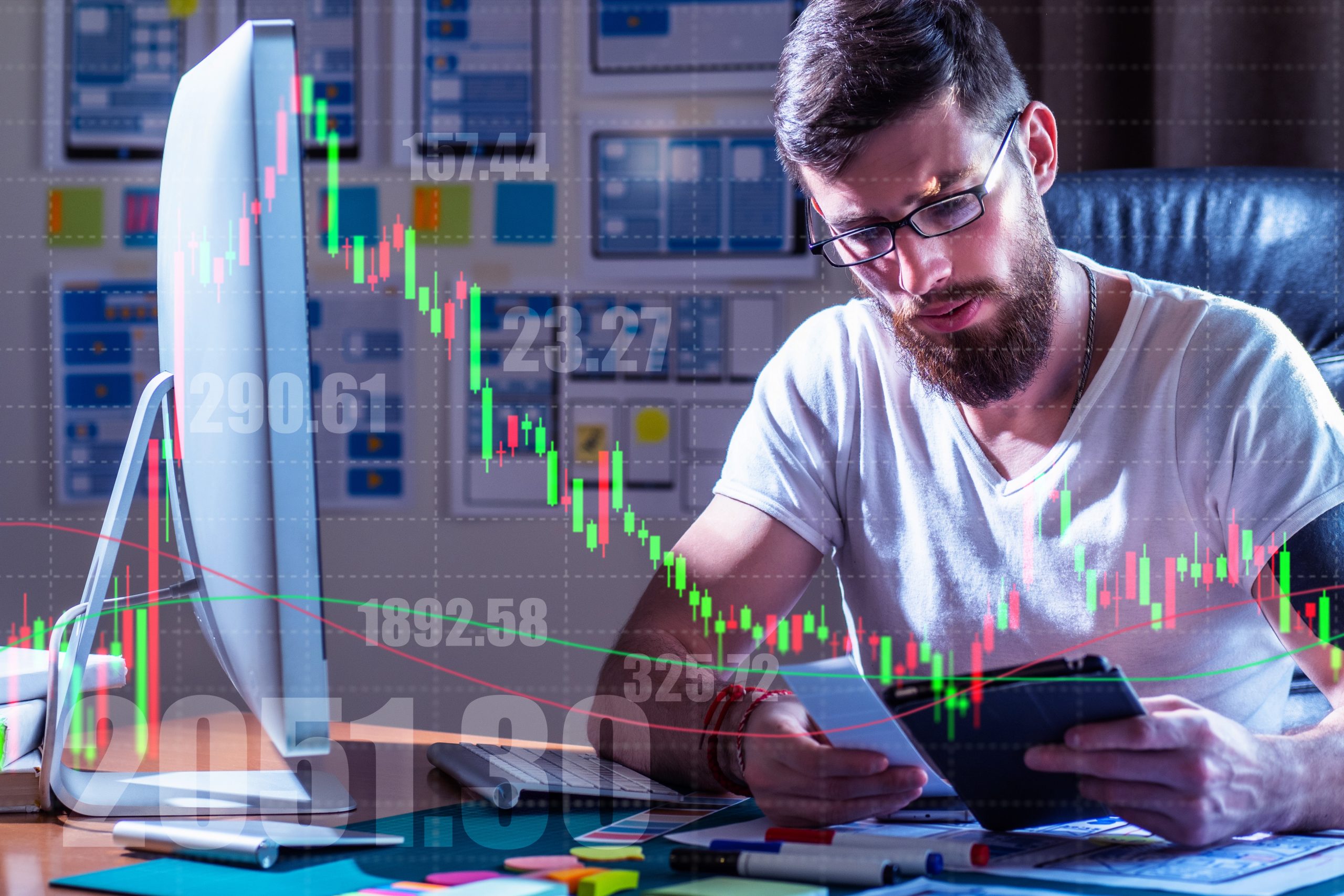In Volatile Markets, Trading Technology Matters
March 23, 2020 | By: FlexTrade Insights

In this unprecedented time, traders are dealing with disruptions to their routines, working remotely, while relying on mission critical trading technologies and surging volumes in electronic markets. In a Q&A, FlexTrade’s Head of EMEA Sales Andy Mahoney, explores the impact of the global pandemic on trading technology, what steps can be taken to cope with the market turmoil, and what lessons can be learned for the future.

We’ve seen a surge in volatility in equities and bond markets. What challenges are firms facing during this period of market turbulence?
The last few weeks have seen a rapid increase in the quantity and speed of data generated in electronic markets. The number of ticks, orders, and executions that are currently being processed by many of our client systems is unprecedented. At times like these, two major factors come into play: first, your trading technology’s ability to process and manage the data coming into the platform, and secondly, how well-established automation is within the firm. Something as simple as segregating out low-touch flow based on order size and automating execution through a broker algorithm can suddenly free up time to focus on an ever-expanding set of complex orders. Aside from order routing, every button click, application switch and mouse action becomes important when the markets are moving the way they are, so advanced process automation and seamless interoperability is key.
How are algorithms behaving in these markets? Are firms changing the inputs they’ve historically relied upon? Are they looking for new data sources, even alternative data to get a grip on the current market conditions?
Each client is taking a slightly different view on how they want to interact with the market, and how to use algorithms and automation to their advantage. Some have conservative circuit breakers in place, which pull orders before they get halted by the exchange. These are now proving valuable, ensuring they are always in full control of their exposure, rather than being in a halted state. Alternative data has been of growing importance over the past few years, and in a volatile market can become a competitive advantage, by adding a layer of market intelligence. One of our integration partners, Dataminr takes a firehose feed from Twitter, and generates real-time actionable intelligence, giving social context on the market, which is becoming more important as conditions evolve. For example in December 2019, Dataminr was among the first to detect a respiratory illness in Wuhan, China.
What about TCA? Does that matter in this type of market?
Transaction Cost Analysis is always vital, whatever the state of the market. What’s important at this point, is to ensure you have enough data points captured in your transaction history, for any subsequent analysis to be aware of the market context. Trading an order today might be vastly different to yesterday in the current environment, so ensuring the full picture is captured will ensure the core performance data remains valuable. Best Execution is still an obligation, regardless of market conditions, so the ability to evidence process will show the true value of the human trader: how they adapt, and judge market conditions never seen before. Clients who have enabled an automated feedback loop in their algo wheel trading, are able to use it to their advantage now. By shortening the time horizon on any data gathering, they can adapt rapidly, so as not to be auto-routing based on data gathered in a different market.
Obviously, the buy side is adjusting to working remotely from home or in disaster recovery sites. Are they able to access everything they need from FlexTRADER EMS? How do they get access?
FlexTRADER operates a Software-as-a-Service model, where clients connect to their own dedicated backend server, meaning scaling to the new market landscape of market volatility and increased overall activity is all taken care of. Given each implementation of FlexTRADER is unique and tailored to the client, we’ve seen a variety of options arise for access through remote working. Some clients, who have previously not permitted their traders to work from home, are now operating over Citrix, remote desktop, or even setting up an instance of FlexTRADER on their home computer.
If they work from home, can they timestamp their trades via the EMS?
Timestamping is one of my favourite topics, however in this case there is not much to say. Granularity and accuracy of timestamps are maintained, and we always ensure the architecture of FlexTRADER, whether using at the office or at home, is optimised to ensure latency is minimized, with no unnecessary hops.
Looking ahead to when this crisis is over and markets have recovered, what are the key lessons that can be learned about trading technology and electronic markets?
The assumption here is that the market is bound to return to a prior norm. We ought to acknowledge the possibility that the behaviour we’re seeing, may actually be the new norm.
Having said that, in my opinion there are three major items which I think will now feature higher on trading technology wish-lists, once a new normal is established:
First, scalability. What happens with a hugely increased number of orders, executions and market data? How does the fundamental architecture of any system ensure trading is not compromised, regardless of the state of the market, or other clients using the system?
Secondly, automation. Simple order routing based on order characteristics is really, just the beginning. Automating common processes, and tailoring workflow to an individual user ensuring the minimum number of keystrokes, button clicks and context switches in any scenario opens a new level of efficiency for traders which means they can excel in volatile markets.
Finally, remote accessibility is no longer a nice to have. Recent events have forced remote working into roles which had previously been considered impossible. The new front-office financial desktop is seamless, interoperable, and secure regardless of where the user is physically located.